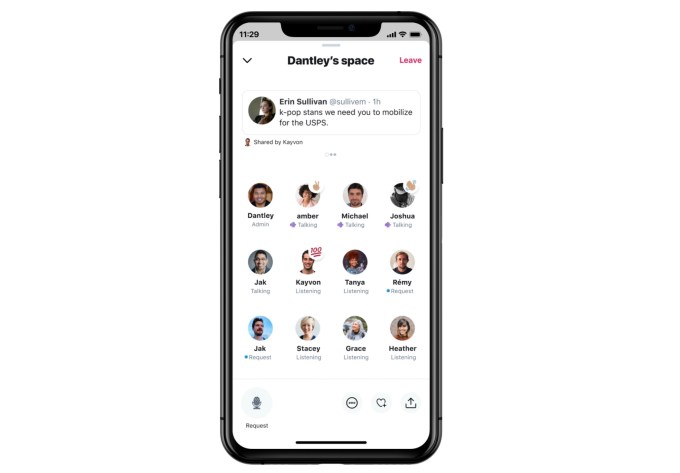The world of virtual communications continues to hold a central place in our socially-distanced lives, and today it looks like one of the companies reaping some of the spoils is also reaping some funding out of it. Discord, the chat and communications platform wildly popular with gamers and, increasingly, many others, is raising up to $140 million in a Series H round, at a valuation that could be as high as $7 billion, according to paperwork filed by the company and unearthed by Prime Unicorn Index. We have attached the documentation at the end of this article.
The analysts’ report appears to confirm our own reporting from some weeks ago. At the end of November, sources had confirmed to us that the company was raising at a valuation of up to $7 billion.
This latest fundraising has been rumored for a while, and some have described it as a “pre-IPO round” for the privately-backed startup. Prime Unicorn notes that Discord’s most recent price per share in the documentation is $280.2487, with the Series G priced at $144.1809.
It’s not clear who is in this Series H, but previous investors in the company have included Greylock, Index Ventures, IVP, Spark Capital, Tencent and Benchmark, among others. With an extra $140 million, the total amount raised by the startup would stand at $420 million.
We have reached out to spokespeople for the company and will update as and when we hear back.
The fundraise, and the size of it, is a testament not just to how virtual communications tools continue to be an important part of our lives these days; but to the growth of Discord itself.
Discord made its name originally as a communications channel that could exist in an easy way alongside popular online games — a byproduct, perhaps, of how it first came into existence. Discord was started by Jason Citron and Stanislav Vishnevskiy as part of their Hammer & Chisel gaming studio as a way for them and their teams to communicate tactics and other details to each other while playing games (their own games, other people’s games, all games).
It proceeded to get lots of traction on Twitch and with e-sports players, environments where it might be especially interesting for both players and spectators to have a place to provide running commentary on what is going on.
But just as the biggest games and gameplay has mass-market, even casual, appeal, so can the platforms that gamers use to communicate. Discord’s growth has exploded in recent years, with monthly active users almost doubling to 120 million this year with 800,000 downloads a day.
That’s in part down to Discord’s use alongside newly, virally popular games like Among Us; but also because it’s being used for more than just games.
The company had already raised $100 million on a $3.5 billion valuation earlier this year, and at the time Citron and Vishnevskiy noted that the platform had already outgrown — or at least made room for much more than — its gaming roots:
“It turns out that, for a lot of you, it wasn’t just about video games anymore,” they noted, describing Discord as “a place designed to hang out and talk in the comfort of your own communities and friends… a place to have genuine conversations and spend quality time with people, whether catching up, learning something or sharing ideas.”
That growth among “communities” hasn’t been without its teething pains. Discord has had a high profile, ongoing battle with unsavory elements like white supremacism on its platform. The company claims that this is on the wane, and that the platform is also a home for Black Lives Matter organizers, less politicised social media influencers, and more. Some are not so convinced, so perhaps it’s a problem that not a finished story and will continue to need to be tackled, much as it is on any social platform.
“Discord is always on and always present among these groups on the far-right,” Joan Donovan, the lead researcher on media manipulation at the Data & Society Research Institute, told Slate some years ago. “It’s the place where they do most of the organizing of doxing and harassment campaigns.”
It’s interesting that this latest $140 million of funding — that is if it closes — is coming so swiftly on the heels of the last round, just six months later. The company and its investors have some clear ambitions to build out not just more, better and efficient tools for gamers, but for people online at large, and that’s not cheap.
Some of that is happening already: witness yesterday’s news of Discord’s screen share functionality getting extended finally beyond desktop to iOS and Android (an interesting area, considering Twitter’s recent acquisition of Squad).
“Rather than throwing raw content at you, like Facebook, [Discord] provides a shared experience for you and your friends,” said Danny Rimer of Index Ventures, which led the $100 million round earlier this year. “We’ll come to appreciate that Discord does for social conversation what Slack has done for professional conversation.”
Prime Unicorn note that the terms in the Series H include “a pari passu liquidation preference with all other preferred, and conventional convertible meaning they will not participate with common stock if there are remaining proceeds.”
PrimeUnicornIndex_Discord_COI_12112020




